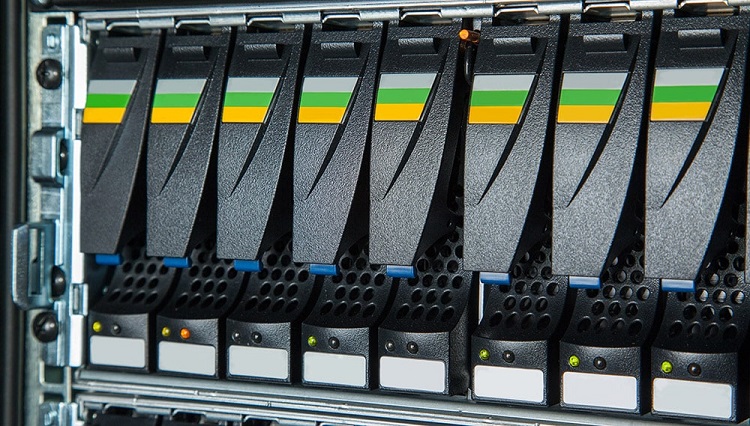Understanding the RAID Data Recovery Process: A Comprehensive Guide
Data loss can be a significant setback for any organization, especially when it involves RAID systems. RAID (Redundant Array of Independent Disks) technology is widely used to enhance performance and provide redundancy. However, data recovery from RAID arrays can be complex due to the intricate nature of these systems. In this article, we’ll break down the RAID data recovery process into clear, manageable steps to help you understand how professionals approach these challenges.
Table of Contents
Initial Assessment and Diagnosis
The first step in the RAID data recovery process involves a thorough assessment of the RAID system. This includes identifying the RAID level (RAID 0, 1, 5, 6, 10, etc.), the type of failure, and the overall condition of the drives. Technicians use specialized diagnostic tools to check for physical damage, software corruption, or logical errors. Understanding these factors is crucial for planning the next steps effectively.
Failure Analysis and Repair
Once the assessment is complete, the focus shifts to analyzing the nature of the RAID failure. This involves checking the RAID controller, cables, and connections to rule out hardware issues. If the RAID controller is malfunctioning, it may need to be replaced or repaired. In some cases, the failure could be due to firmware issues or driver problems, which also need to be addressed.
Data Recovery Techniques
With the failure identified and repaired, the next step is to apply data recovery techniques. The approach depends on the RAID level and the type of failure. For example:
- RAID 0: Recovery involves reconstructing data from the striped disks. Since RAID 0 does not have redundancy, the process can be challenging if multiple drives fail.
- RAID 1: This level uses mirroring. Recovery usually involves replacing the failed drive and rebuilding the mirror.
- RAID 5: With parity data distributed across drives, recovery requires reconstructing lost data using the parity information. This process is complex but manageable with specialized software.
- RAID 6: Similar to RAID 5 but with double parity, RAID 6 recovery involves more sophisticated techniques to reconstruct data from the remaining drives.
- RAID 10: Combining RAID 1 and RAID 0, recovery involves handling both mirroring and striping to restore data.
Verification and Testing
After applying recovery techniques, the next step is verification. Technicians test the recovered data to ensure its integrity and completeness. This involves checking file structures, verifying data accuracy, and ensuring that all recovered files are accessible. Testing is critical to confirm that the recovery process has been successful and that the data is usable.
Final Restoration and Documentation
Once the data is verified, it is restored to a new, secure storage system. Proper documentation of the recovery process is also essential. This includes recording the steps taken, any issues encountered, and the final results. This documentation can be valuable for future reference and for ensuring compliance with data protection regulations.
Conclusion
The RAID data recovery process is intricate and requires a systematic approach to ensure success. By following these steps—initial assessment, failure analysis, application of recovery techniques, verification, and final restoration—data recovery professionals can effectively handle RAID data loss scenarios. For those dealing with RAID data issues, seeking professional help can make a significant difference in achieving successful data recovery.

